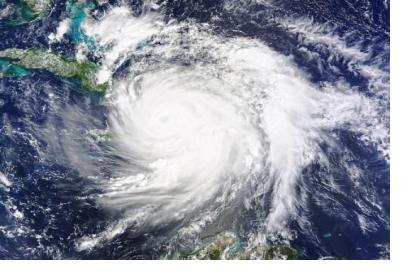The highly anticipated 2017 Multi-Hazard Early Warning Conference kicked off today in Cancun, Mexico. The Conference will take place over the course of the next two days and is being hosted by the Government of Mexico. It will be held in conjunction with the 2017 Global Platform for Disaster Risk Reduction of the United Nations Office for Disaster Risk Reduction (UNISDR), which will be running right through until the end of the week.
The MHEWC will be looking to focus on how countries can improve the availability of and access to multi-hazard early warnings as well as risk information and assessments. This directly aligns with the Sendai Framework’s Seventh Global Target - “Substantially increase the availability of and access to multi-hazard early warning systems and disaster risk information and assessments to the people by 2030.” The event will mark the first opportunity for the international community to review global progress in the implementation of this goal, which was adopted in Japan in 2015. It is also expected to serve as a preparatory meeting for the 2017 Global Platform for Disaster Risk Reduction conducted by UNISDR, complementing its overarching goals and contributing more detailed background to its Special Session on Early Warning on 24 May.
The opening session this morning, co-led by UNISDR and the United Nations Office for Outer Space Affairs (UNOOSA), is entitled “Risk informed early warnings – the first mile”. The primary objective of the session will be to look at the link between risk information and effective early warning systems, including the understanding of social vulnerabilities to tailor warnings for a diverse public. Attendants will discuss the following questions:
- Are early warning systems sufficiently driven by risk assessment and information?
- What risk information is required in countries and at local level (to identify groups at risk and exposed development sectors)?
- How can exposed constituents, communities and sectors be effectively engaged in identifying hazards, analyzing vulnerability, assessing risk, and defining early warning needs and best dissemination channels?
- How can risk information improve early warnings and response capability?
Headed up by a global expert panel, the session’s outcomes are expected to contribute to the promotion of good practices which ensure that early warning systems are driven by risk assessment and information. They will also contribute to a revised Operational Multi-Hazard Early Warning Checklist and improved guidelines for measuring early warning effectiveness.

